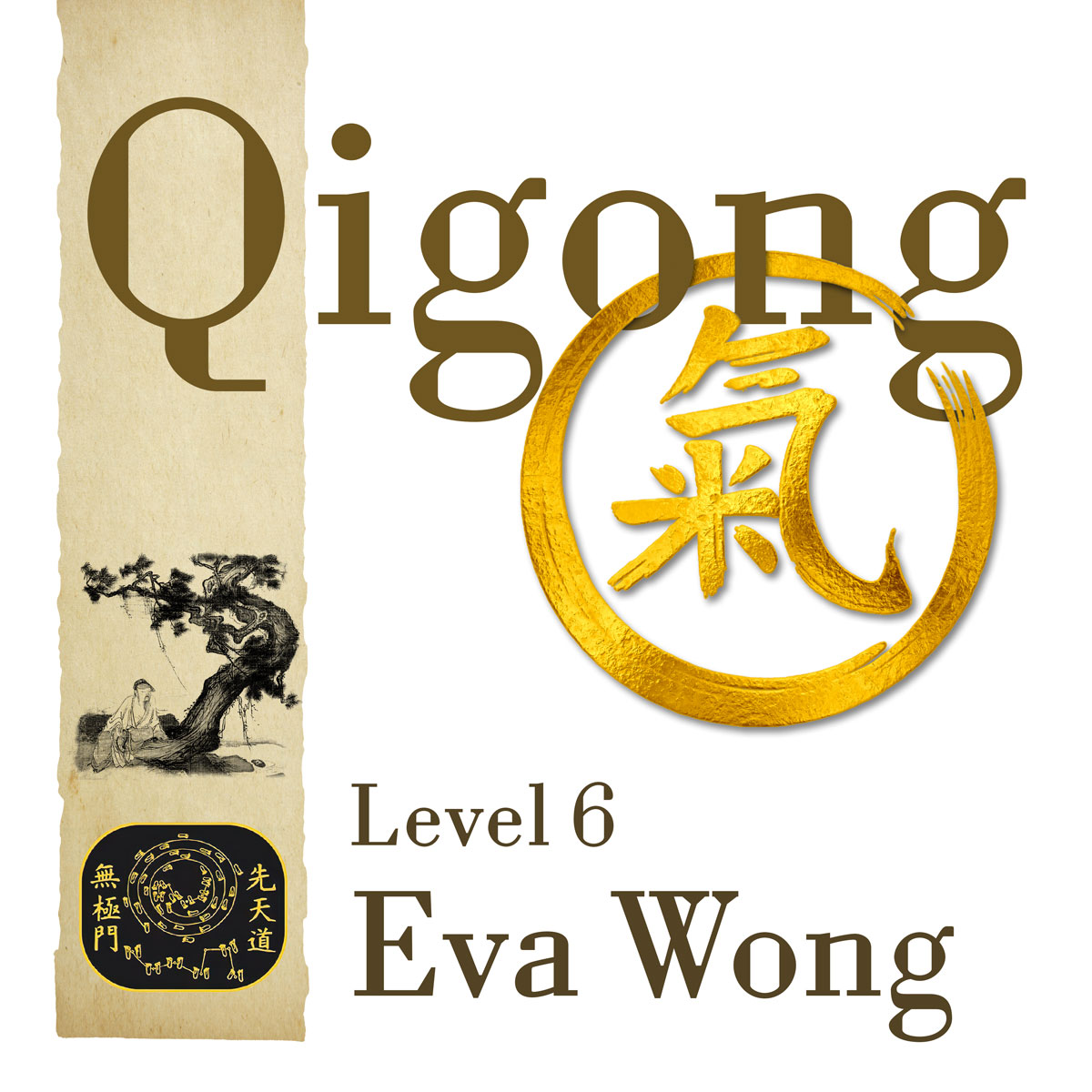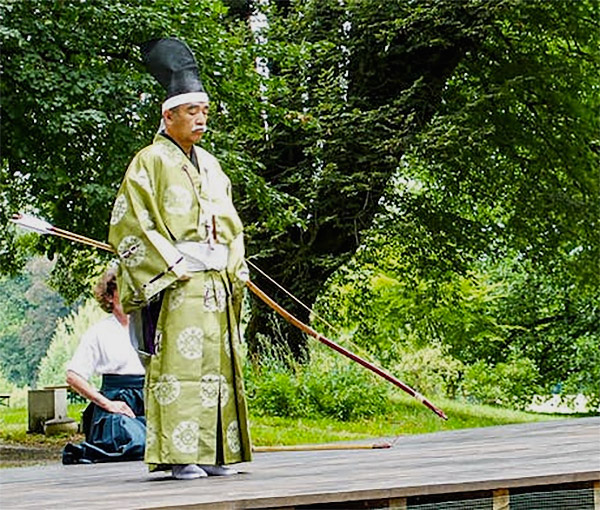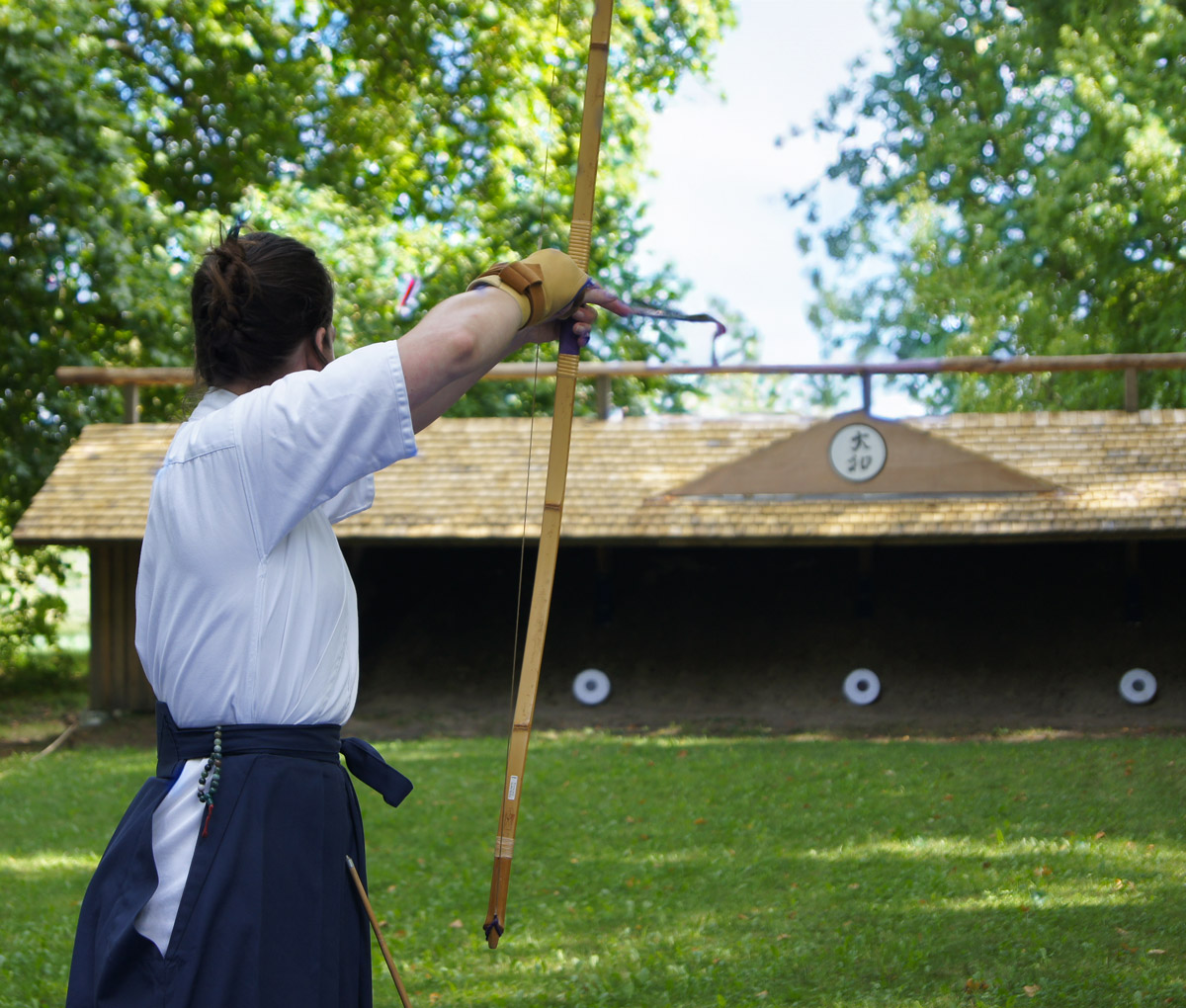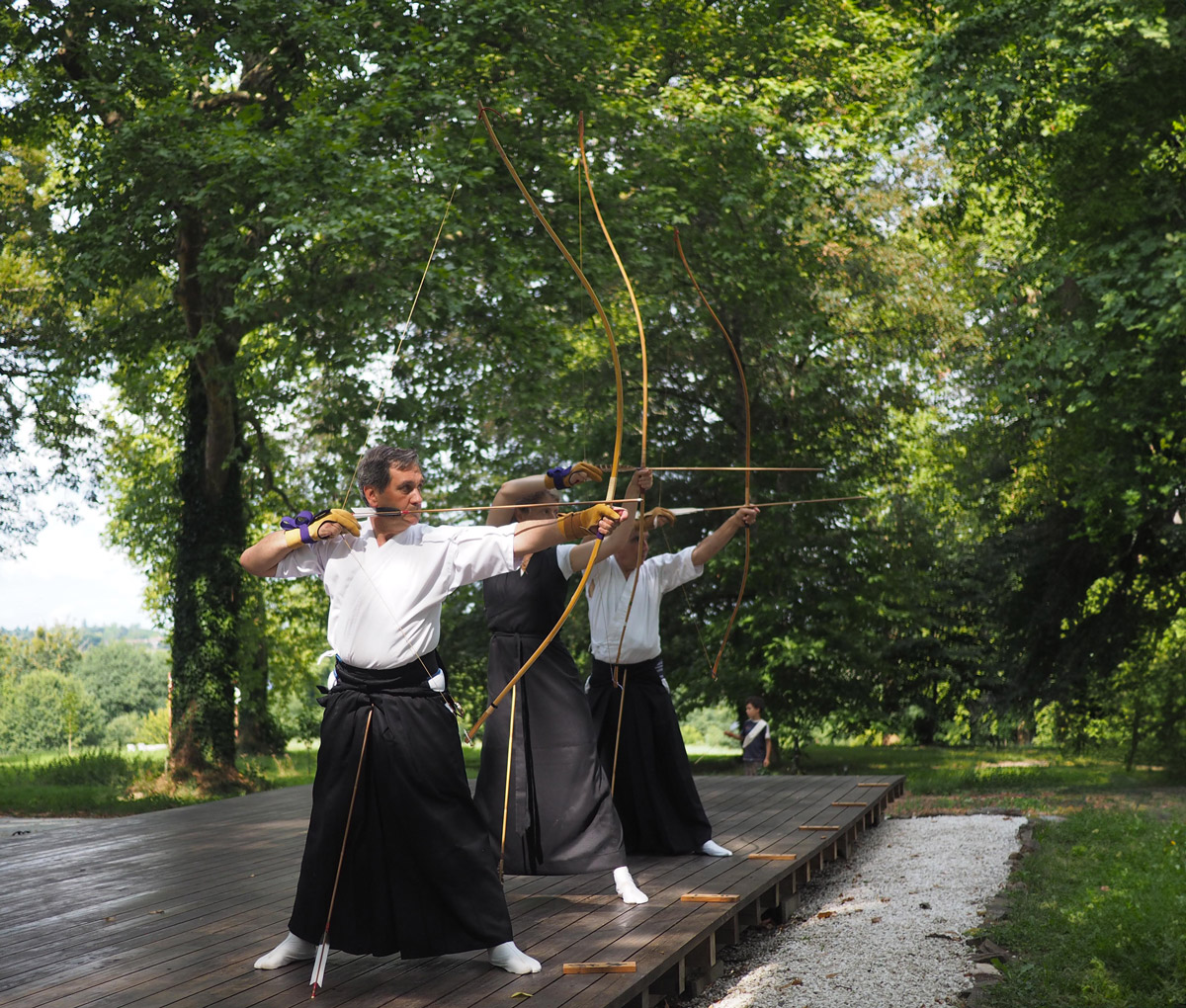‘Art communicates Basic Goodness through symbol, which gives others the power to realize it instantaneously without language’.
Sakyong Mipham.
The Dharma Art teachings of Chögyam Trungpa, Rinpoche are not just about making “art”. They are about how we are creating ourselves each moment, the artistry of life itself, how we create our environments, and how we communicate and express ourselves to others.
Open to everyone, the programme will combine Dharma Art teachings with the Shambhala teachings about daring to be in the present moment — connecting with the energy and magic of being alive.
Using painting, movement, object arranging, voice, and writing among other modes, the exercises are designed to help with finding your own voice, your unique mode of expression. These teachings about the source of creativity show us how we can relate to ourselves and our world with clarity, discipline, and playfulness.
The Shambhala Art programme is presented in five parts:
Part One: Coming to Your Senses
Part Two: Sign and Symbol
Part Three: Heaven, Earth and Human – The Creative Process
Part Four: The Power of Display
Part Five: Art in Everyday Life
View
Usually art is considered as something extra or special in our lives which is created by people who are especially talented, but according to the Shambhala teachings art is something vital which everyone has the potential to actualize.
It is vital because how we perceive the world affects everything we do and say. It concerns our belief systems and our conception of reality all together. From that point of view art is a way of seeing and being and can become a path of awakening to our highest potential.
Connecting Dharma and Art is a spiritual path of personal evolution. It is spiritual in the sense that we are recognizing the sacredness and preciousness of human existence and the amazing potential of artistic expression.
Description
The programme includes:
Teachings
- We will be exploring the “Dharma Art” teachings of Chögyam Trungpa Rinpoche, found in True Perception as well as teachings from “Shambhala, the Sacred Path of the Warrior”.
Meditation
- Awakening and freeing our mind, recognizing our potential, being in the unknown, the importance of space in the creative process.
- Seeing through our own projections, biases, strategies and conditioning. It is possible to see clearly and directly. We call that “Square One”, a fresh starting point.
Exercises
- Activities to develop perception and spontaneity, working alone and in collaboration
- Voice work; to free our voice and synchronize with nowness
- Brush work and Movement to open to creative flow
Celebration and Community
- Within the beautiful and peaceful environment of Dechen Choling, we will be supported and nourished by nature, good food, and community.
- The programme will culminate in a celebratory graduation and pinning ceremony.
Herbert ELSKY is very happy to announce that he will be teaching this 2019 programme together with Anne SAITZYK, co-Founder of the Contemplative Creativity Lab and Steven SAITZYK Director of Shambhala Art. These two talented artists will bring a beautiful richness of experience to the programme.
Practical
Arrival day (Monday April 29): Orientation talk at 8 pm. You’re invited to come from 4 pm in order to register and settle in your room. Dinner is served at 6.45 pm.
End of programme (Saturday May 4): Closing circle and Banquet in the evening.
Departure day (Sunday May 5): You may leave anytime (no programme that day). You’re welcome to stay for lunch.
This programme is taught in English. Free translation into French or other languages needs to be confirmed. Important: translation services are possible only if you register your request at least two months in advance of the programme.
Repeater Price
For students who have already attended the five Shambhala Art Levels and for those who are Shambhala Art teachers in training, we will apply a programme price of 175€. If this applies to you, please specify in the ‘comment’ field of the registration form below (page 4).





